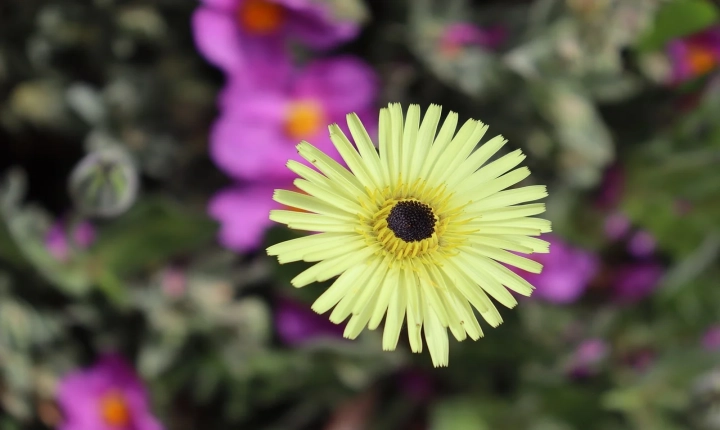Title: The Intricate Mechanism Behind AI Art Generators
Artificial intelligence (AI) has entered the realm of the creative world, with AI art generators creating images and artworks that blur the line between human and machine creativity. These AI art generators have gained popularity in recent years, sparking curiosity about the process behind their unique creations.
At its core, an AI art generator functions through a combination of machine learning, neural networks, and advanced algorithms. Let’s delve into the intricate mechanism behind these systems to understand how they produce captivating artworks.
Training the AI: The journey begins with training the AI using large datasets of images, paintings, and art styles. This process involves feeding the AI with a diverse range of visual data, allowing it to learn and understand the underlying patterns, styles, and elements embedded within different artworks. Through this training, the AI gains the ability to recognize and replicate various artistic styles and techniques.
Neural Networks: Central to the AI art generator’s operation are neural networks—sophisticated systems inspired by human brain function. These neural networks comprise multiple layers of interconnected nodes, each contributing to the analysis and interpretation of visual input. Through a process called deep learning, these networks can dissect and comprehend the complex visual elements present in art, enabling them to generate new artistic compositions.
Style Transfer: One of the key techniques employed by AI art generators is style transfer, which involves combining the content of one image with the artistic style of another. By leveraging neural networks, the AI can separate the content and style of an image, then recombine them to produce entirely new artworks that embody the characteristics of the chosen artistic style.
Algorithmic Creativity: AI art generators rely on advanced algorithms designed to facilitate creative decision-making. These algorithms can produce novel artistic interpretations and compositions by incorporating randomness and probabilistic reasoning, effectively simulating the intuitive and imaginative process inherent to human creativity.
Feedback Loop: Some AI art generators incorporate a feedback loop mechanism, where the generated artworks are evaluated and refined based on user feedback or predefined aesthetic preferences. This iterative process allows the AI to continually refine its artistic output, learning and adapting from user interactions to enhance the quality and relevance of its creations.
Fostering Creativity: While AI art generators demonstrate remarkable proficiency in replicating existing styles, they also have the potential to inspire new forms of artistic expression. By analyzing and synthesizing diverse artistic influences, these systems can serve as catalysts for creative exploration and innovation, prompting humans to rethink traditional art paradigms and experiment with unconventional approaches.
Ethical Considerations: As AI art generators proliferate, questions arise regarding the originality, ownership, and ethical implications of AI-generated art. The intersection of AI and art raises vital ethical considerations, from attributing authorship to determining the value of AI-generated artworks in the context of the art market and intellectual property rights.
In conclusion, AI art generators represent a convergence of artistry and technology, harnessing the power of AI to produce visually compelling and thought-provoking artworks. Through their intricate mechanisms of training, neural networks, style transfer, algorithmic creativity, and user feedback, these systems are revolutionizing the creative landscape, challenging notions of artistic authorship and opening up new frontiers of artistic exploration. As AI continues to evolve, so too will its impact on the art world, prompting ongoing discussions about the nature of creativity and the intersection of human and machine artistry.
